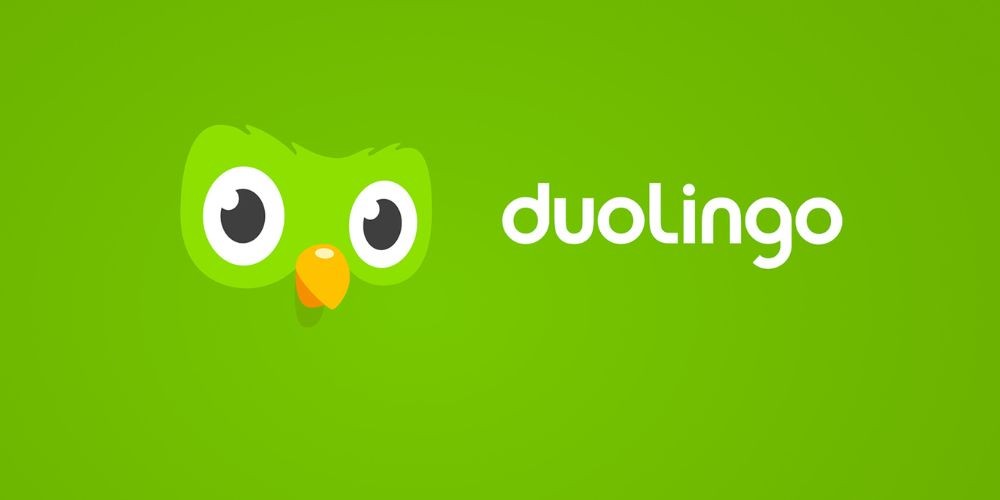The Tides of Change: Duolingo's Shift Toward AI and the Future of Language Learning
- Jan 07, 2024
- 571

In the ever-evolving landscape of technology and education, Duolingo has stood as a beacon for language learners worldwide. Their unique approach to making language learning accessible and engaging has caught the attention of millions. However, recent developments have stirred the pot of controversy as whispers of mass layoffs hit the internet. It was alleged that Duolingo had chosen to replace a vast majority of its employees with AI, a move that set social media ablaze with concerns and speculations.
The heart of the matter lies in the claims from various online sources that Duolingo had dismissed an alarming number of its translators in December 2023, opting instead for the efficiency of artificial intelligence. This integration of AI, particularly GPT-4, into their systems, appeared to provide the same quality of translations at a fraction of the cost and time. Many users and observers pondered the implications of this technological pivot, questioning the authenticity and quality of a learning experience void of human input and nuance.
As these reports gained momentum, the term "firing" hit particularly hard on public perception of Duolingo's actions. This word often carries a finality, suggesting a complete severance of staff. It wasn't until Duolingo's communication team issued a clarification that a different picture emerged. According to Duolingo, the issue at hand wasn't so much about layoffs as it was about the non-renewal of contracts upon project completion. This is a distinction that suggests a less dire situation for the workforce, with many employees still retained.
This shift towards AI is emblematic of a larger conversation within the translation and education sectors about the role of technology in the future of work. While the acceleration toward digital solutions promises efficiency and potential cost savings, it also casts a long shadow on the value of human expertise. The balance between leveraging AI and retaining the irreplaceable human touch remains delicate, especially in fields like language learning, which are enriched by cultural understanding and context that machines have yet to fully replicate.
The situation at Duolingo offers a glimpse into the potential future of language learning, where AI and human capabilities intertwine to create new educational experiences. As the debate over AI's role in various industries unfolds, the language learning community will watch closely to see how this marriage of machine efficiency and human expertise will evolve. One thing is clear: the dialogue surrounding AI's integration into education and translation is far from over. How Duolingo and similar companies navigate this will shape not just their futures but the entire landscape of technology-assisted learning.
